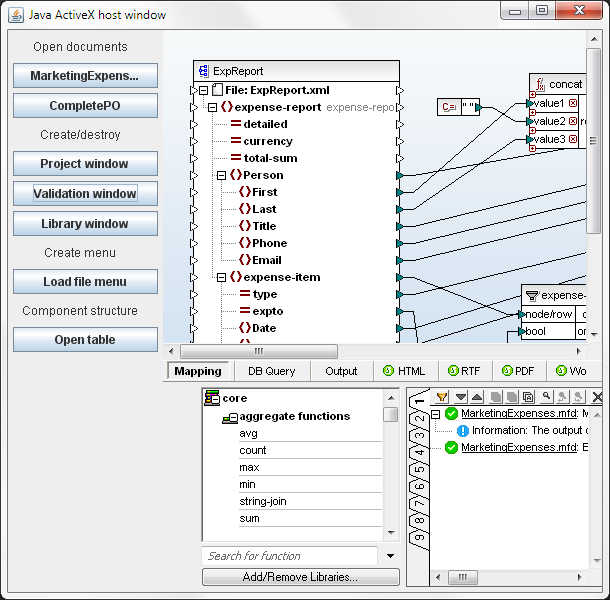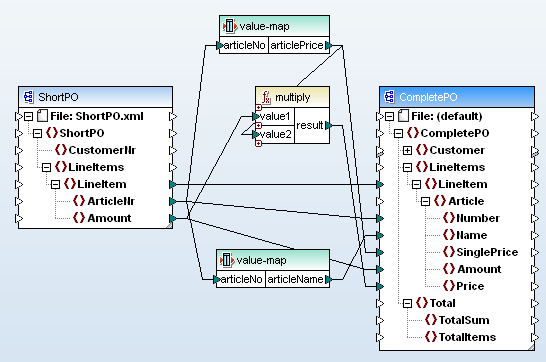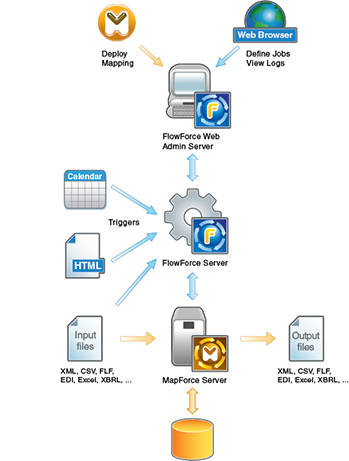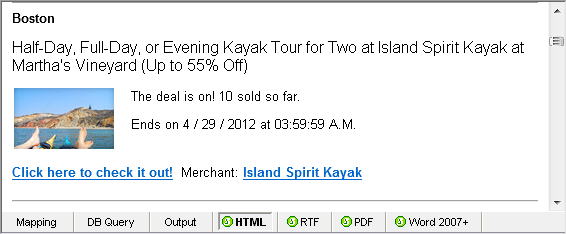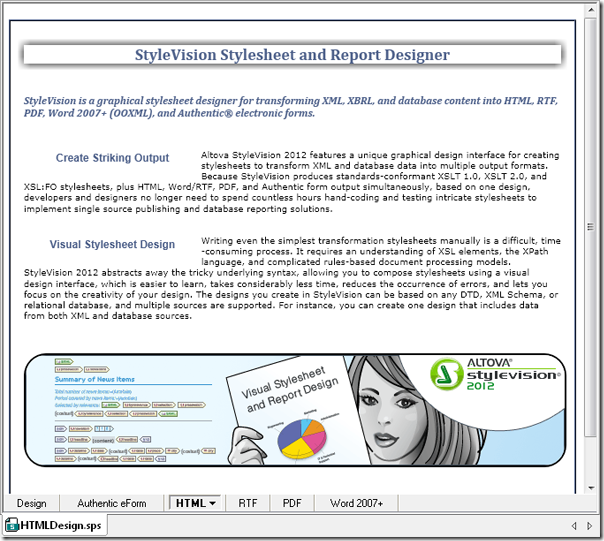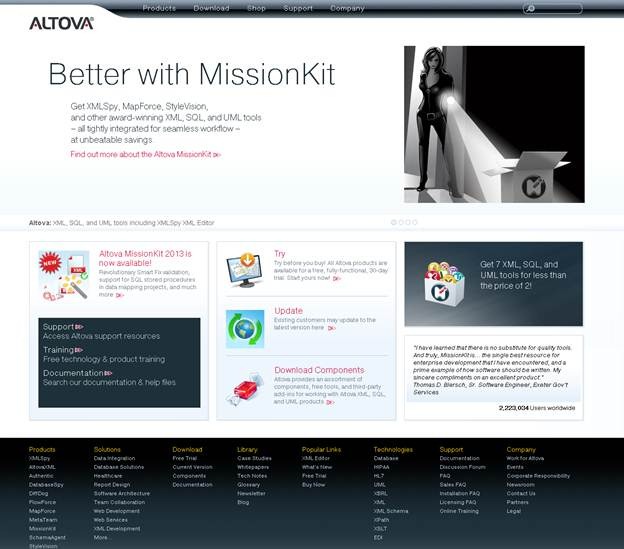
Our goal was to make our site easier to navigate so that you can find exactly what you’re looking for quickly, whether that’s Product information, Support resources, or technical reference materials. Of course, it’s as simple as ever to download a free trial or update your software to the latest version.

At the same time, we hope the new site will help you discover a little something you didn’t know about Altova. For instance, did you know that we have a comprehensive line of Database Tools in addition to the XML Tools and Developer Tools that we’re known for? Did you know that we offer free, online product and technology training? And have you tried our new, cloud-based project collaboration and team management tool?
 You can learn all about how Altova products and supported technologies can help your team meet critical business needs in our completely revamped Technology Solutions Center.
You can learn all about how Altova products and supported technologies can help your team meet critical business needs in our completely revamped Technology Solutions Center. Despite all the planning, proposals, testing, and reworking that go in to a new Web site, the true test of success is how the site works for you, our customers. Please share any feedback or suggestions you may have for the new site, either by leaving a comment here on the blog or contacting our Marketing team by email. We look forward to and greatly appreciate your input!


